"You don't need to know many scales to play guitar solos – but you do need to know this one": We can show you the minor pentatonic with just three chord shapes
Learning guitar scales doesn't have to be hard and our lesson proves it

You don't need to know many guitar scales to play guitar solos – but you do need to know this one. The minor pentatonic is good enough for players including Angus Young, Slash, Eric Clapton, Jack White and Zakk Wylde so it;s good enough for us!
And if the idea of learning a scale is off-putting, step this way – we can do it through chord shapes. In fact, the three easy shapes we're going to look at are here almost identical to open chords you’ve probably already worked out.
1. C major pentatonic scale
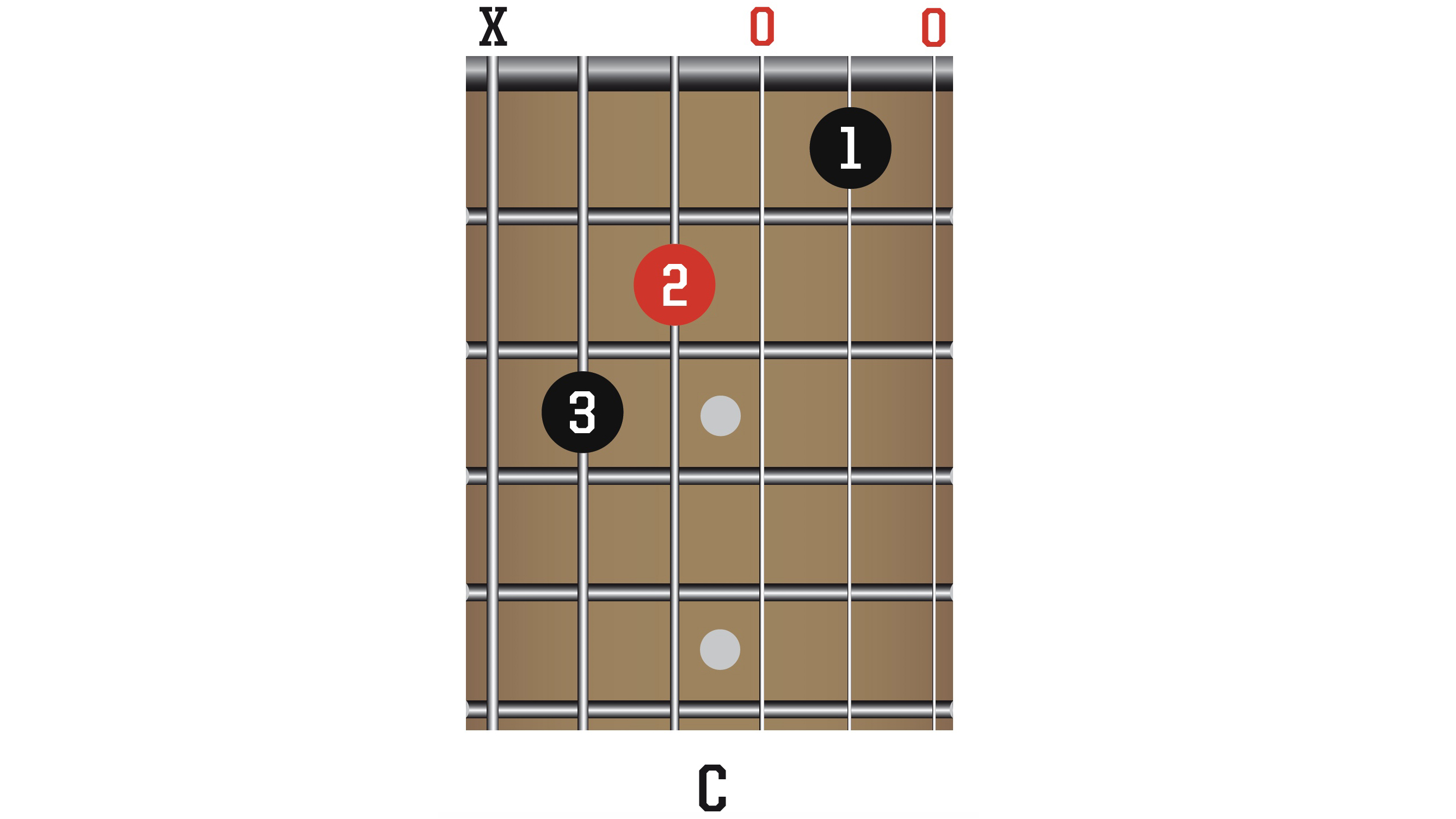
You hopefully already know the C chord Just press down on the strings with your first, second and third fingers where the dots show you, then strum the top five strings!
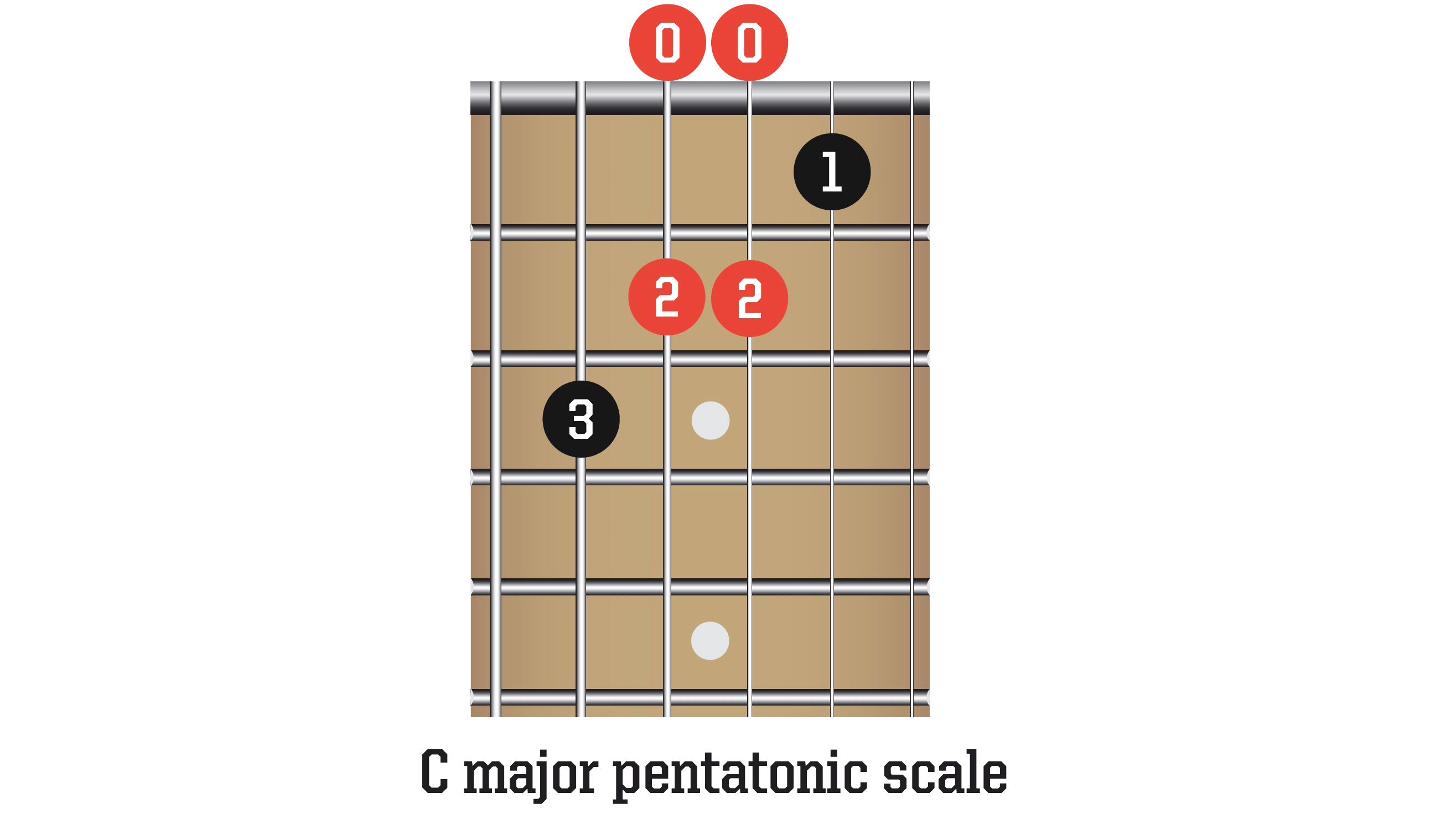
Unlike chords, scales are played one note at a time. You should be able to see that the C major pentatonic scale uses all the notes from a C chord, plus a couple of extras.
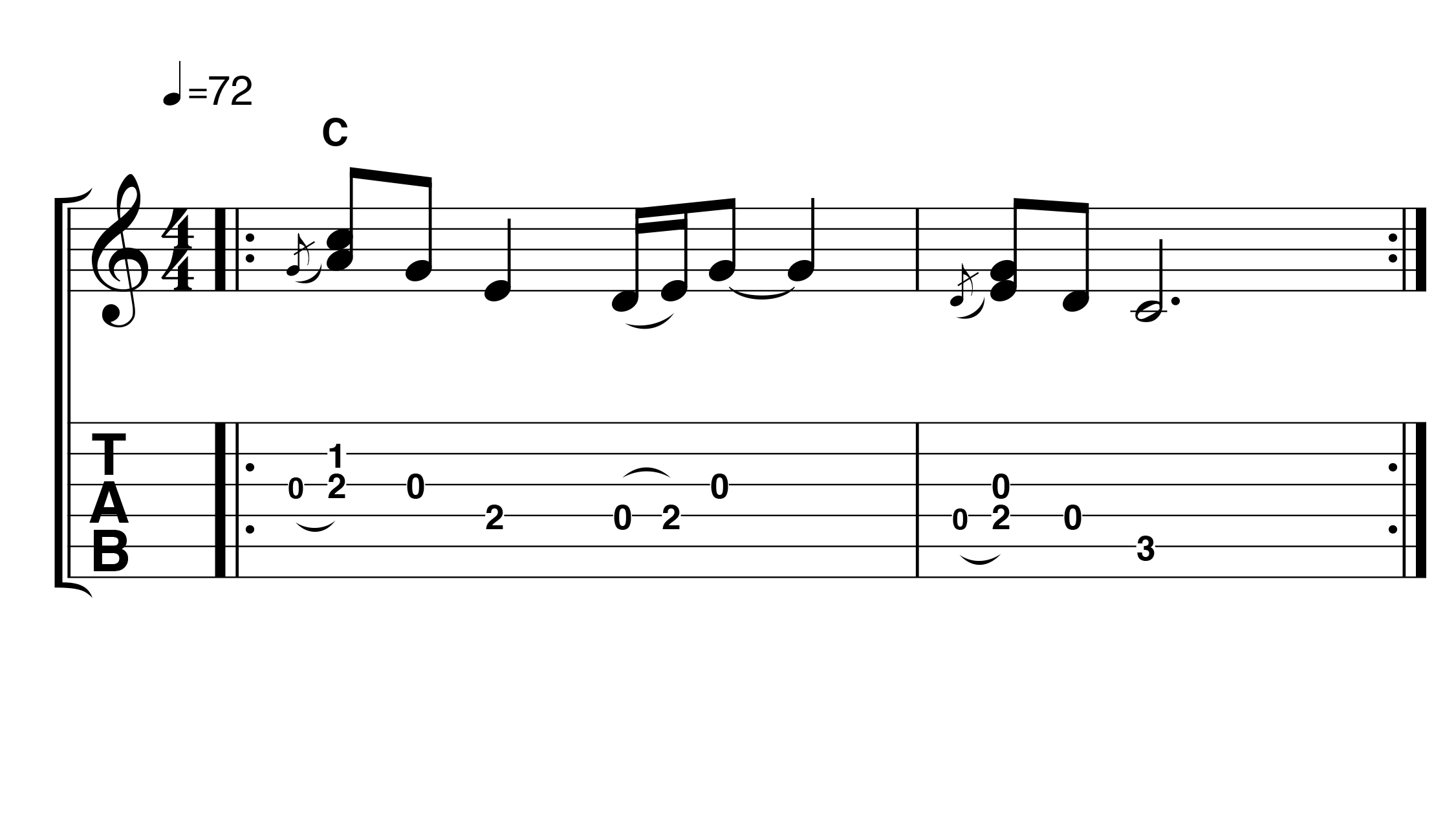
Play through the chord and scale before attempting this Keith Richards-inspired C major pentatonic line. After that, try making up your own lick using notes taken from the scale.
E minor pentatonic scale
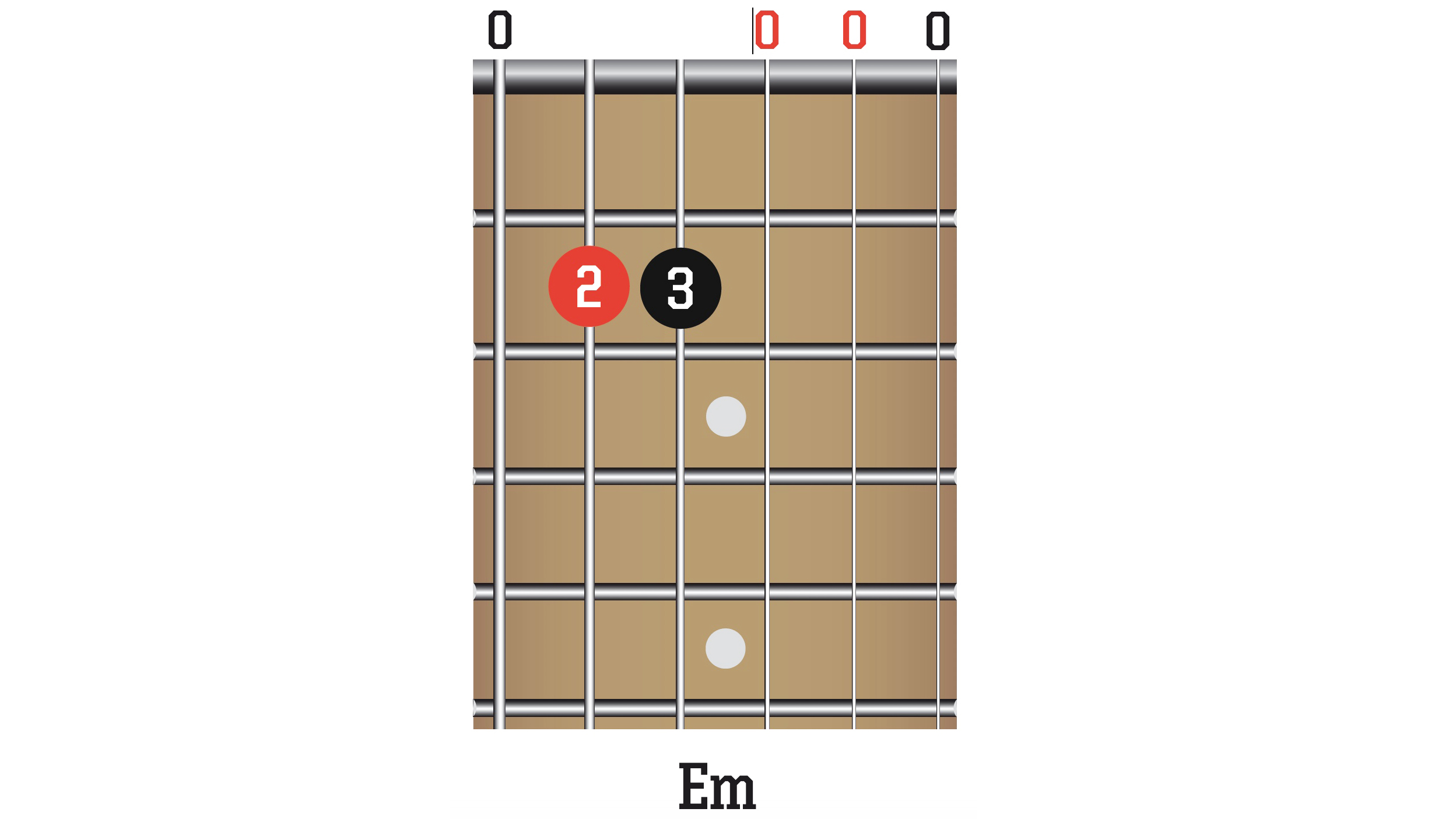
Em is another common chord that any beginner will know. Just press down on the relevant strings with your second and third fingers, then strum all six strings.
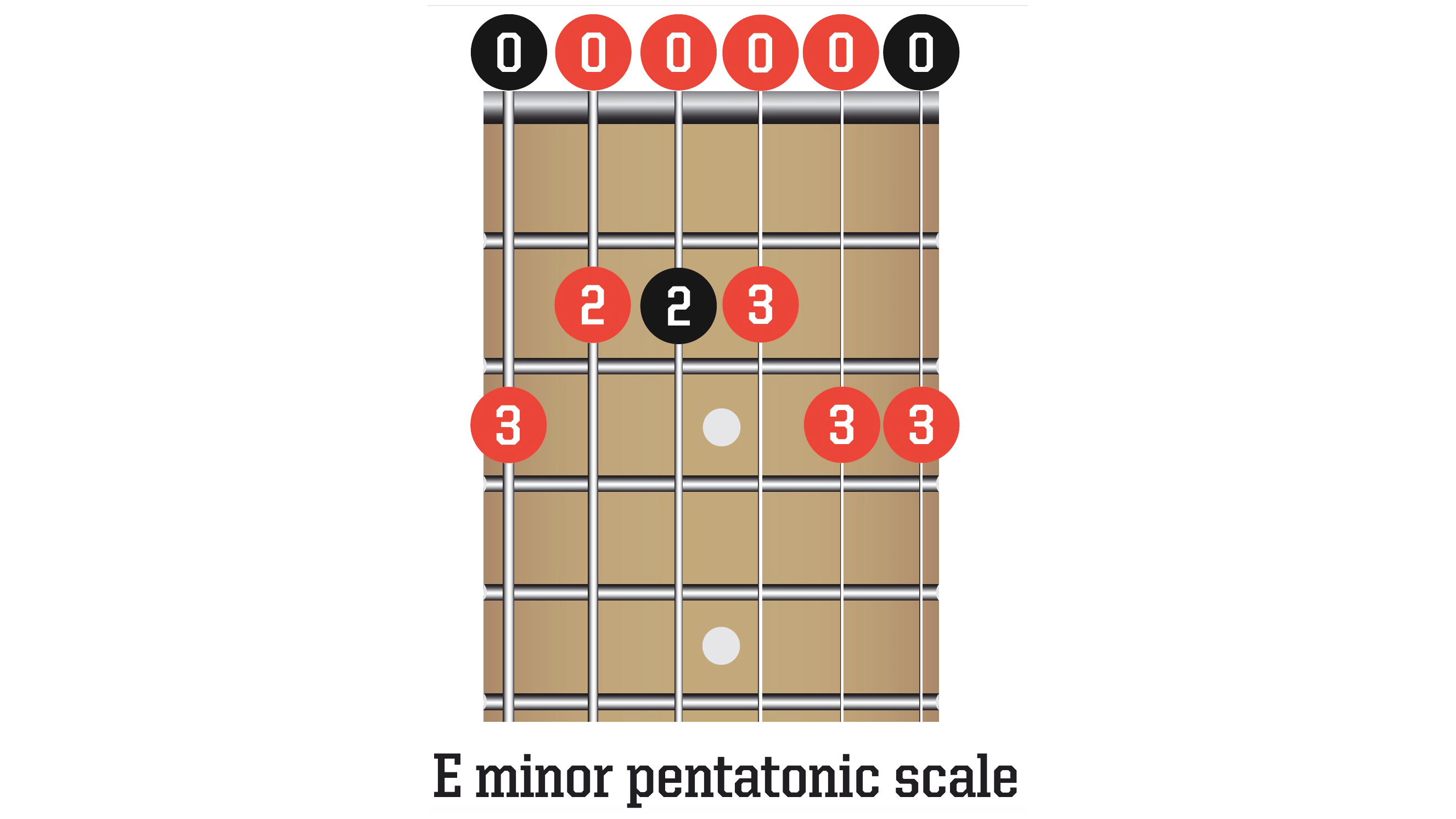
Just as with the C chord, Em is almost identical to a scale, this time the E minor pentatonic scale. The notes of the scale always sound good over an Em chord.
Want all the hottest music and gear news, reviews, deals, features and more, direct to your inbox? Sign up here.
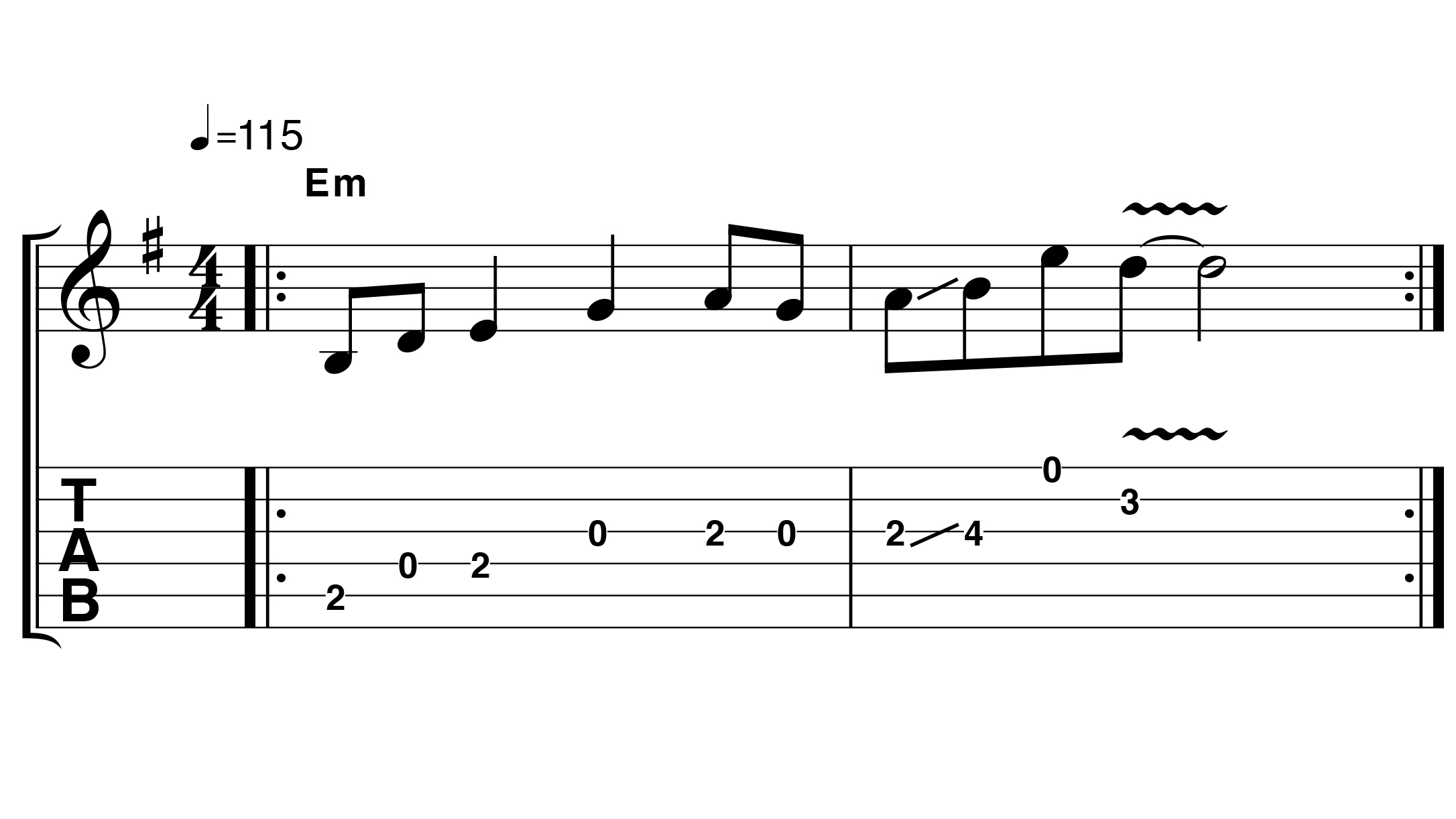
The challenge with any scale-based lick is the quick note to note changes. Use your second finger for all of the 2nd fret notes in this lick. It’ll help you keep position shifts to a minimum.
A minor pentatonic scale
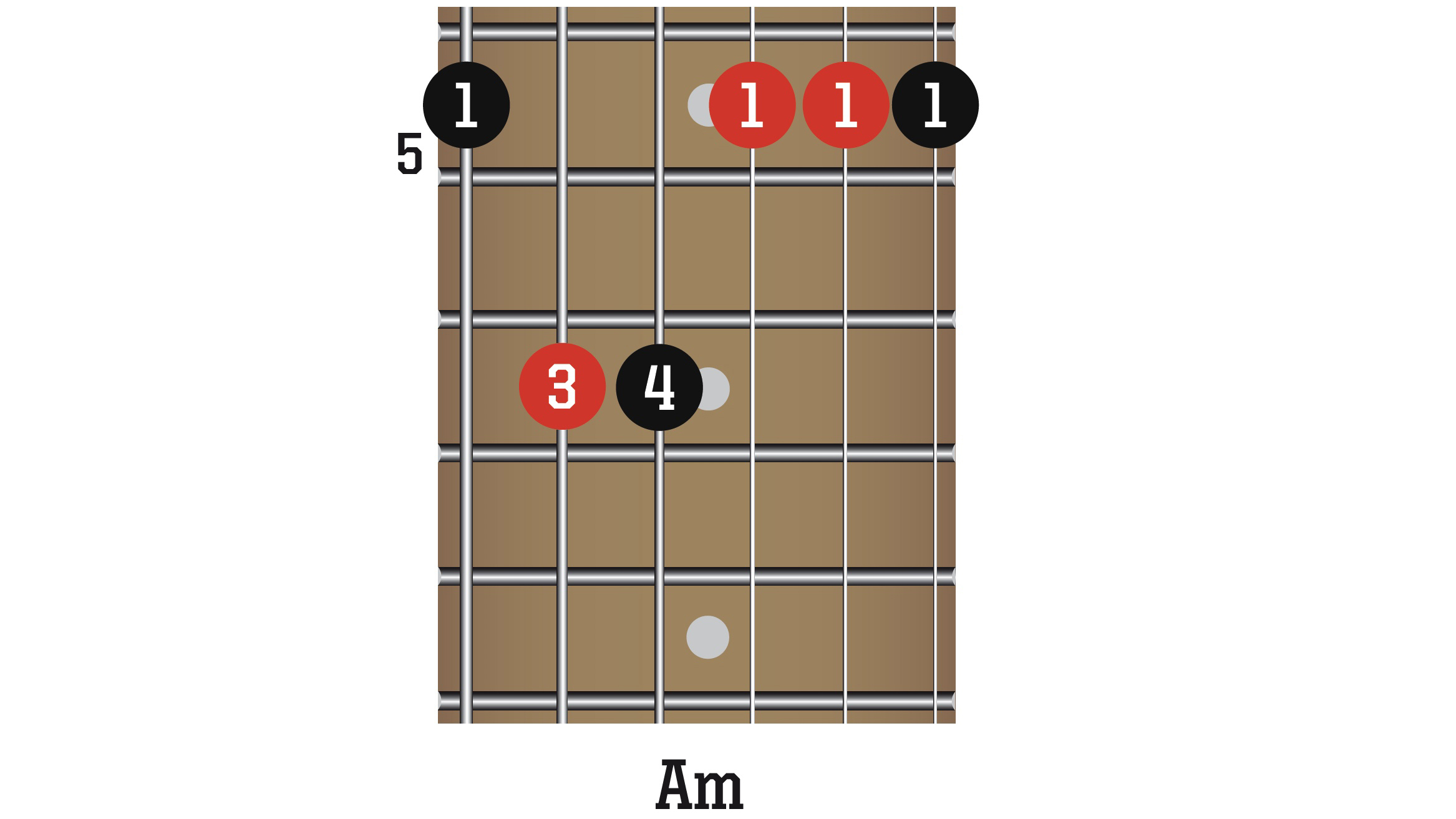
This is an Am barre chord – it’s more advanced than what we’ve looked at so far. Use your first finger to press down on all six strings. Third and fourth fingers are also used.

Again, see if you can spot the chord shape ‘hidden’ within the notes of the scale. It’s because the chord and scale share so many notes they always sound good played together.
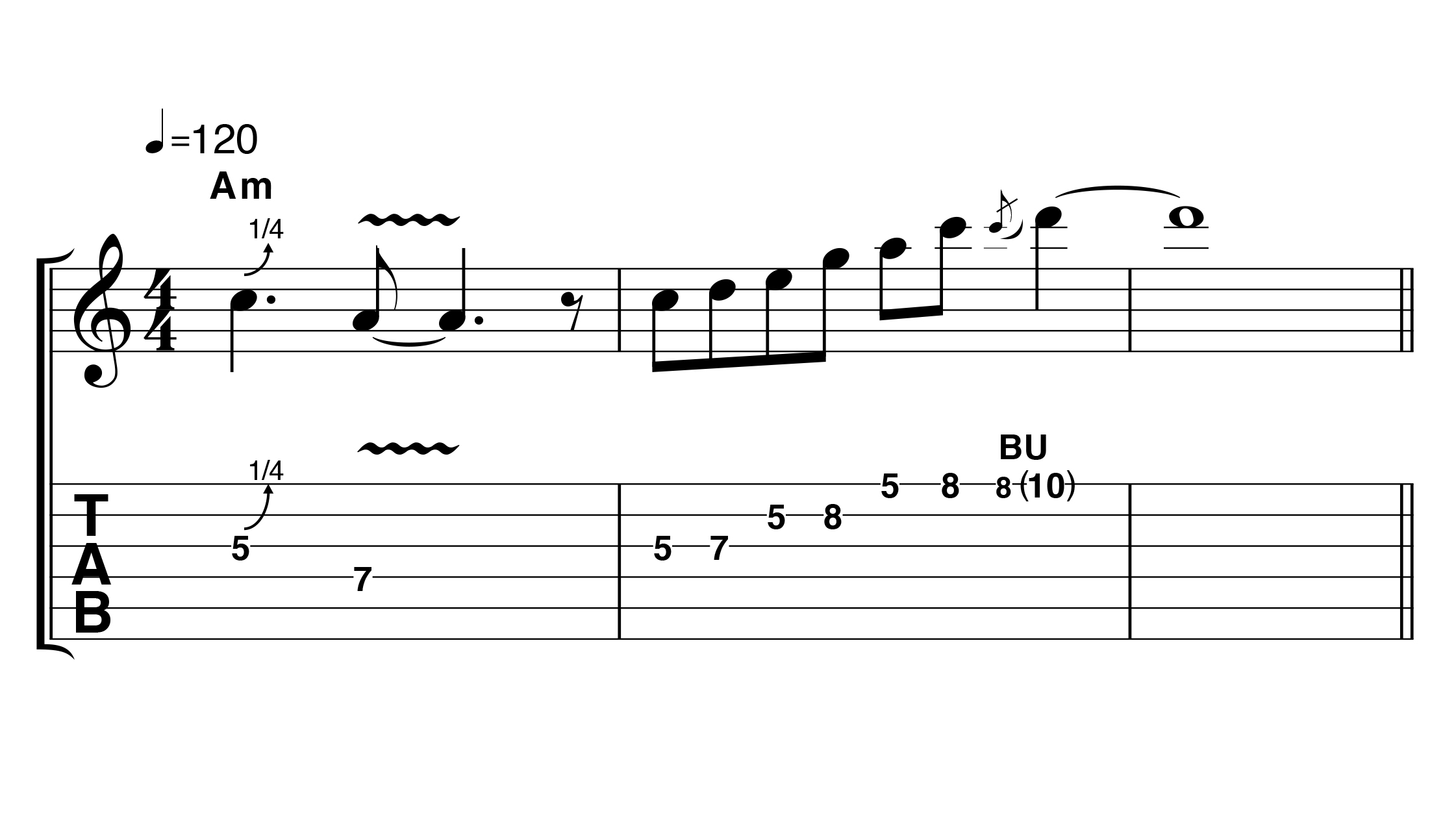
There’s a classic rock vibe here – think AC/DC, Thin Lizzy and so on. Unlike our previous backing tracks, the music doesn’t stick to one chord, so there’s a more sophisticated sound.
MusicRadar is the number one website for music-makers of all kinds, be they guitarists, drummers, keyboard players, DJs or producers...
- GEAR: We help musicians find the best gear with top-ranking gear round-ups and high-quality, authoritative reviews by a wide team of highly experienced experts.
- TIPS: We also provide tuition, from bite-sized tips to advanced work-outs and guidance from recognised musicians and stars.
- STARS: We talk to musicians and stars about their creative processes, and the nuts and bolts of their gear and technique. We give fans an insight into the craft of music-making that no other music website can.
